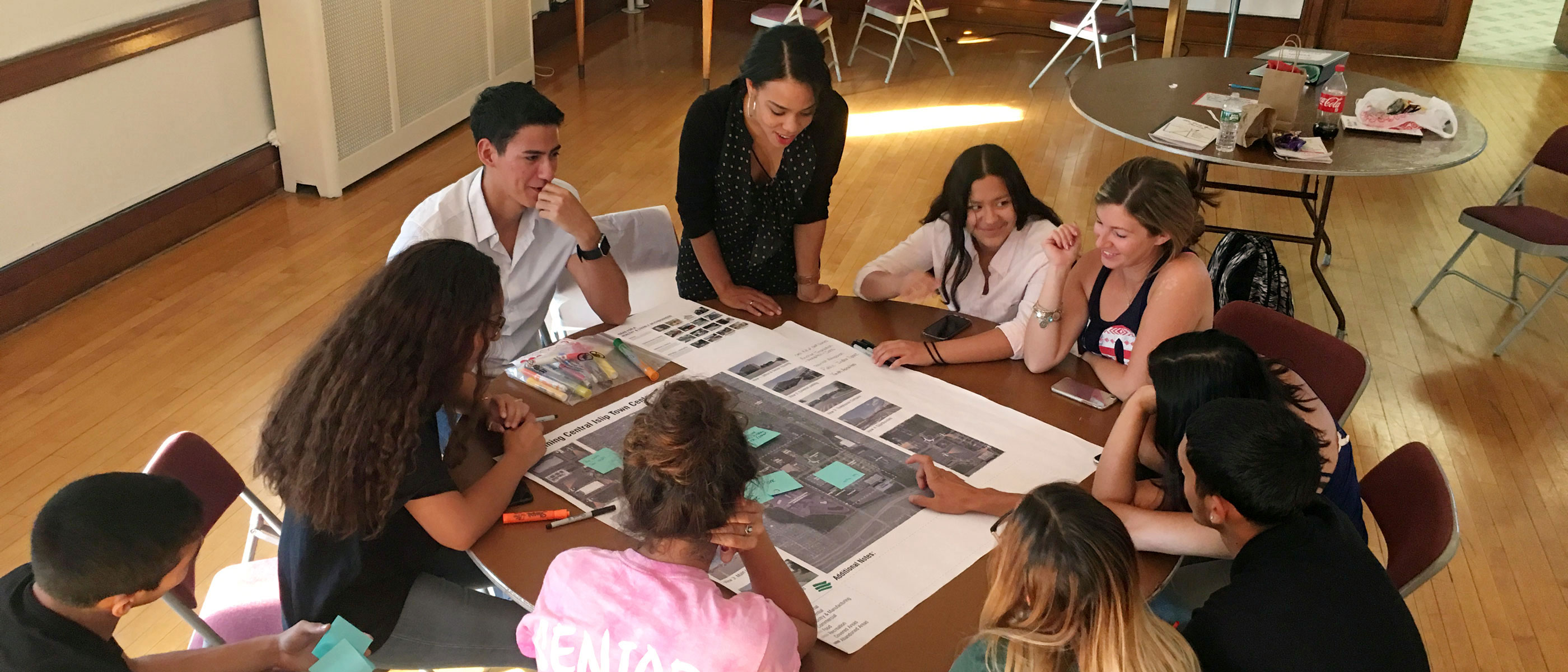
Each of the region’s 782 cities, towns, and villages has its own process for approving development projects, zoning changes, and other land-use actions. Each state also has its own requirements for environmental review, municipal master planning, and other approvals.
And yet all of these processes have the same three problems in common: community residents feel shut out of the process until it is too late to affect decisions; developers complain that approvals take far too long and the process is so unpredictable that only the most well-resourced and patient capital can see projects to completion; and municipal officials often lack the resources to adequately evaluate proposals and efficiently move them through the approvals process.
At a regional level, this inefficiency results in too few beneficial projects reaching completion, impacting housing supply and contributing to the affordability crisis. For projects that do get finished, benefits are unevenly distributed and adverse impacts are overlooked, affecting community health and well-being.
All cities, towns, and villages should have up-to-date comprehensive plans that reflect the input and needs of residents
Outcomes
Planning and development approval processes that are more predictable, inclusive, and efficient will result in projects that better reflect the needs and aspirations of local communities, and better address potential development impacts. They will also reduce project timelines, and therefore municipal and developer costs, which can translate into higher quality developments. Open-source, community-driven data tools will enable municipalities to more easily integrate planning with assessment of community and regional costs and benefits.
Paying for It
Developing comprehensive municipal and neighborhood plans with full community engagement requires significant resources for staff, outreach, and technical studies. Centralizing data sources and creating replicable tools can help reduce costs, but the commitments are still substantial, especially for small municipalities. Technical assistance for planning and data gathering and distribution are two areas where the states can play an active role in providing resources to local municipalities, either through grant funds or direct staff assistance. Some municipalities could also benefit from multi-jurisdictional planning and shared resources, a collaboration states could incentivize.
1. State Environmental Quality Review (SEQR for jurisdictions outside NYC) and City Environmental Quality Review (CEQR) for development applications within the five boroughs.
2. Environmental impact assessment is mandated by law in New York State through the State Environmental Quality Review Act (SEQR). New York City has its own specific requirements for environmental review through CEQR. In Connecticut and New Jersey, environmental impacts are evaluated through environmental permitting processes and by individual municipalities through local land use regulations.